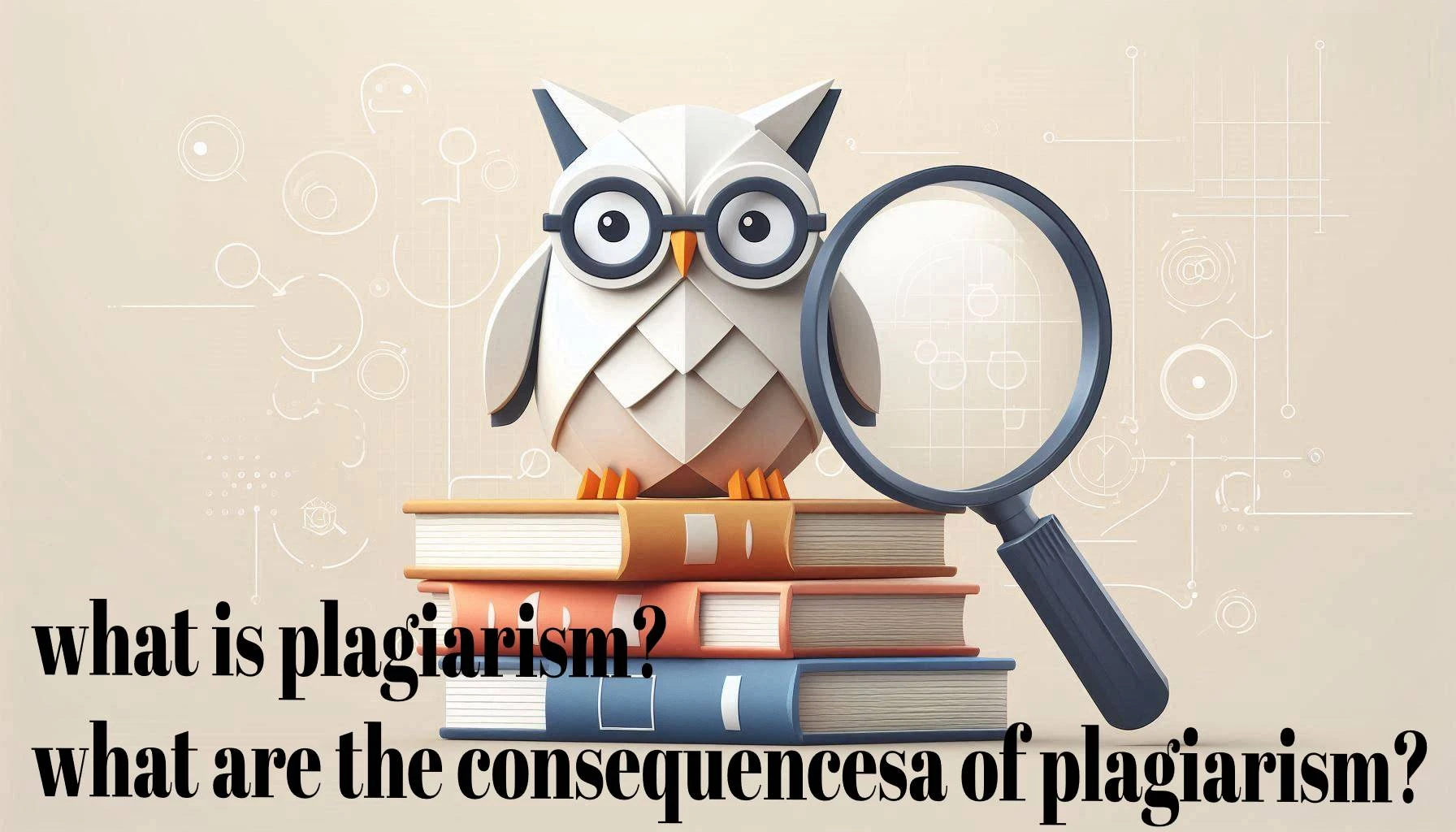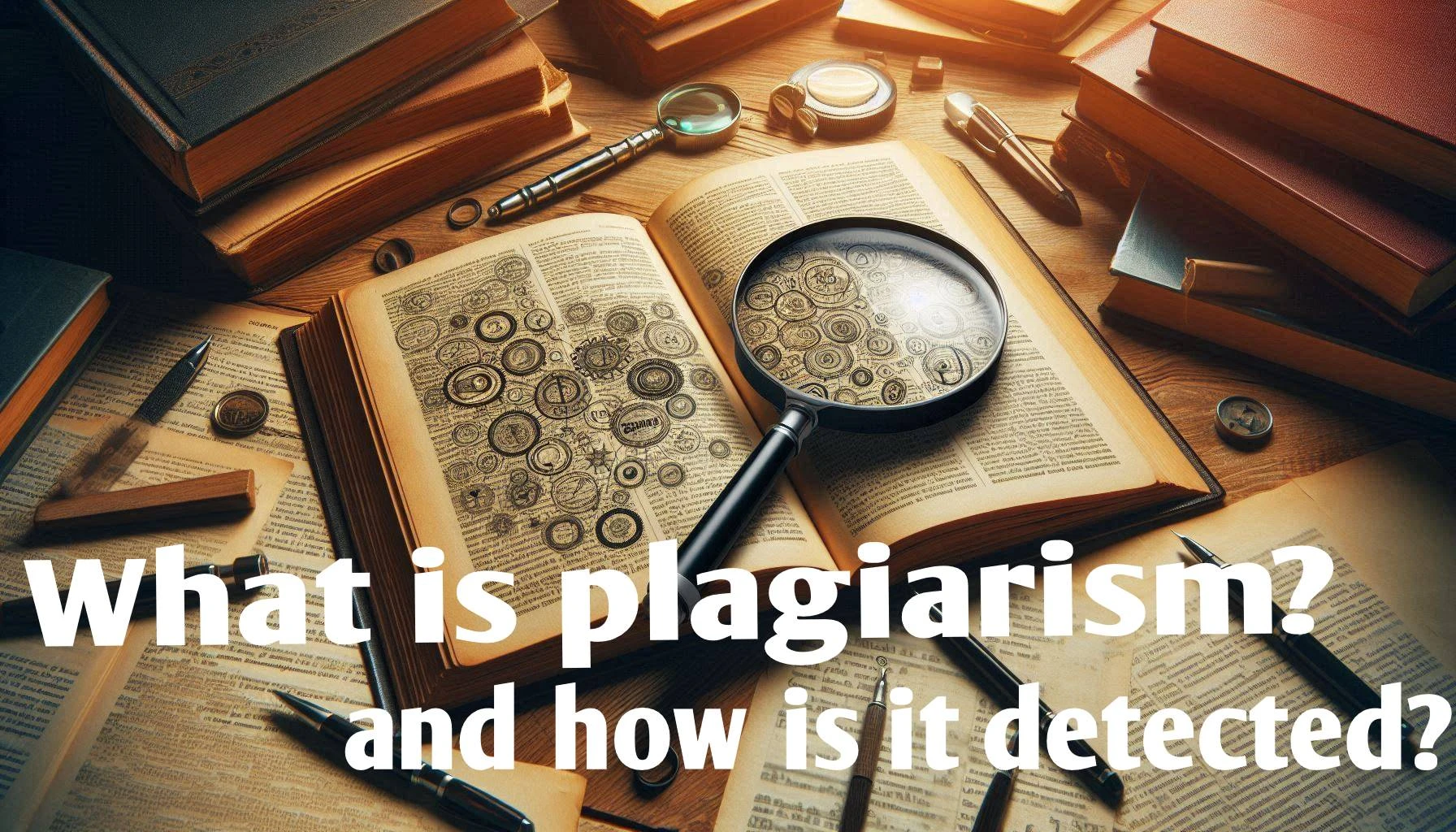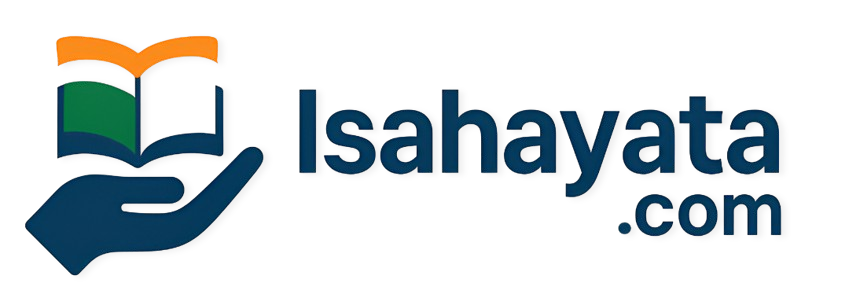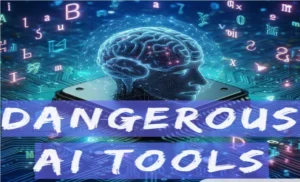What is plagiarism? what are the consequences of plagiarism?
Plagiarism refers to the act of taking one’s work, ideas, or expressions and handing them over as yours and without proper acknowledgement of his work. Such unfair practices can be in any form of writing, be it academic writing, journalism, art, or programming. Plagiarism destroys the integrity of any written work; it disrespects the original creator, and doing it can bring pretty harsh penalties on the head of someone committing it.
While plagiarism can range from copying a few sentences of an article without crediting the author to passing someone else’s thesis entirely as your own, it is always taken seriously by educational institutions, professional organizations, and society at large.

Types of Plagiarism
Understanding the different kinds of plagiarism will always help you avoid committing them. Here are the major kinds:
- Direct Plagiarism: This is using the author’s words without quotation marks and citation. This is the simplest form of plagiarism and probably the most observable one as well.
- Self-Plagiarism: Here, a person involves in reproducing own published work without indicating so. If a student writes and sends the same paper to two different classes without informing the instructors concerned, then that is self-plagiarism.
- Mosaic Plagiarism: More simply, commonly known as “patchwriting,” this type of plagiarism is the process of theft and mosaicing of phrases or ideas taken from multiple sources without proper citation. Even if no direct word-by-word copy has taken place, a lack of due acknowledgment of the original source can lead to charges of plagiarism.
- Accidental Plagiarism: Some individuals fail to cite properly or perhaps present others’ work without realizing or intending to do so. This is either because of ignorance or not knowing the proper rules or because the individual may have been careless in note-taking.
- Total Plagiarism: This is when you use someone else’s work totally, like buying a paper online or getting someone to do it for you.
- Paraphrasing Plagiarism: While paraphrasing-the act of reproducing information in your own words-is alright, it becomes plagiarism if not done right. If the paraphrased work is too close to the original, or in case the original work from where the text has been taken is not referenced, then it’s a problem.
What is plagiarism and how is it detected?
Knowing why plagiarism occurs also helps in coming up with strategies to prevent it. Here are some of the most common causes:

- Lack of Awareness: Many students and individuals might not be very aware of what constitutes plagiarism or proper citation of material.
- Academic and Professional Stress: The central stressor that puts people into the trap of taking shortcuts is academic and professional pressure. Under deadline pressure or when the stakes are high, some might plagiarize to get things done or meet the expectations of others.
- Inefficient Use of Time: Undeniably, doing everything at the last minute will lead to bad decisions and typically involves cutting corners, in this case, copying content without proper citation.
- This is because one doesn’t know how to research adequately, thereby making it hard to seek and assimilate material into his work. He is doomed to commit involuntary plagiarism.
- Diverging Cultures: Differing cultures may also diverge at a core level where intellectual property has a different sense, so it will always lead one to copy without realizing the consequences.
- Access to the Internet: Since masses of information are so readily available on the internet, the tendency for people is to simply copy rather than paraphrase or synthesize.
What is plagiarism and why is it considered cheating?
Plagiarism’s aftermath can indeed be severe and would wholly depend on the situation. A few are given below:
- Academic penalties : It may cause failing grades, suspension, or even expulsion in academics. Schools also have strict policies about academic integrity, so such acts often have long term implications.
- Professional Outcomes: This extends to demotion, job loss, and reputation damage at the work place. The employers value originality and integrity and breach of trust may be disastrous.
- Legal Outcomes: Sometimes, plagiarism reaches court through legal actions, especially when infringement of copyright has occurred. Therefore, the writers and producers will have ownership rights over their work and violation will lead to court.
- Loss of Reputation: Committing plagiarism results in one’s loss of reputation. In some cases, after losing a colleague’s or friends’ trust, it becomes very difficult to regain credibility among peers or readers.
- Individual Sanctions: Apart from all these above-mentioned external sanctions, a plagiarist may have individual conscience and even feel remorseful about his or her action. Having realized the damage caused to the original creators and work integrity, it causes psychological unrest.
Detection of Plagiarism
Detection methods of plagiarism vary from manual to technological detection. Some of the most common detection methods include the following:
Plagiarism Detection Software and what is plagiarism in computer
Most academic and professional institutions frequently use plagiarism detection tools such as Turnitin, Grammarly, and Copyscape among others. These programs check work submitted against a humongous database of published work and online resources to establish similarities.
- Manual Review: Teachers and editors may go through entries to seek out inconsistencies in the writing or the content that seems unusual or out-of-this-world. Sharp brains, of course, can even spot chunks that sound like copies.
- Cross-Validation of the References: People may cross-check the references and citations to ascertain whether the references actually back up the statements in the submitted work. This is cross-validation of references in actualising rightful attribution.
- Search Engines: One simple way to verify whether a few specific literal phrases that appear in the text exist elsewhere is to do a quick Google search on such distinct phrases or sentences. This is one simple process to detect plagiarism quickly.
- Peer Review: Procedures for peer reviews in academic circles prevent plagiarism from getting to the printers. Scholars of the same discipline review submissions against originality and professional ethics.
Prevention of Plagiarism
Preventing Plagiarism through Education, Awareness, and Good Practices Traditionally, plagiarism is established based on education and awareness of good practices. Following are some strategies that can help one avoid plagiarism:
- Educate Yourself: Understand what plagiarism is and how to avoid it. One must learn the rules of citation, paraphrasing, and acknowledging sources properly.
- Good Research Practice: Record all the research work done with proper citation of the source. At the time of locating information, this can save a lot of time, and in addition to this, it minimizes the chances of unaware plagiarism.
- Use Plagiarism Detection Tool: Before the submission of any written material, use plagiarism-detection tool to check on unwanted copying. This can easily identify phrases or quotes that require paraphrasing or proper citation.
- Provide due acknowledgement of earlier authors and creators of the material. Use the citation style required by your industry or discipline such as APA, MLA, Chicago, etc.
- Paraphrase Effectively: When paraphrasing, ensure that you have grasped the original content and then re-described it in your own words, of course, giving credit to the originator. This will therefore be without copied text but rather the same very intended meaning.
- Plan Ahead: Proper time management may ward off pressure built up at the last minute leading to the desire to plagiarize. Start assignments with enough days for research writing and revisions.
- Seek Help When Needed: If you’re confused about something or don’t know how to handle a certain kind of citation, don’t be afraid to ask. Your best sources are teachers, librarians, and writing centers.
- Be Original: Be yourself, give your voice, and share your ideas. Your contributions would be so much more appreciated than being a carbon copy. Share your thoughts, not theirs; that’s why it’s called your composition, isn’t it?
Conclusion
It can cause complications throughout one’s academic and professional life. The critical aspects of plagiarism and its causes make knowledge about its various forms and methods of detection crucial for everyone ranging from students to professionals. If a person learns and develops good habits of proper citation, then they will be immune from all the pitfalls, thereby causing a culture of integrity and originality.
In this world of ready information, it is now more important than ever to respect intellectual property and the work of others. Therefore, embracing ethical writing will bring a culture more devoted to creativity, respect, and academic honesty.



